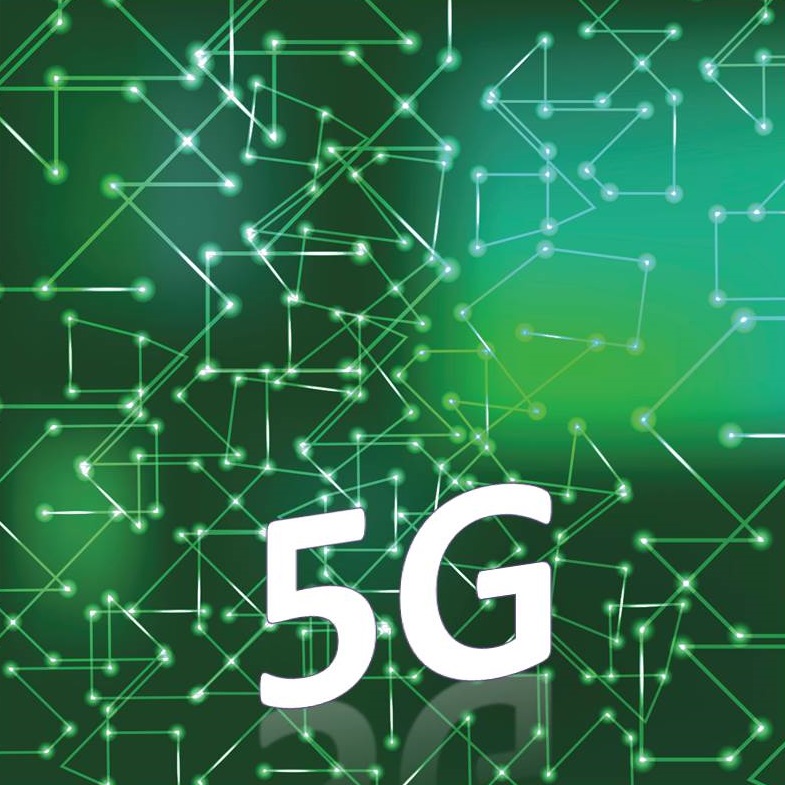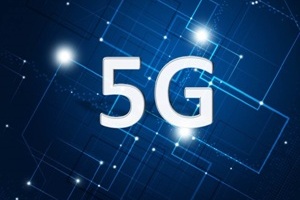We can see the impact of IoT everywhere but to conclude our blog series we will discuss the impact IoT is having on our digital experience and more specifically the opportunities and challenges faced by CSP’s grappling with new IoT applications and changing consumer demands.
IoT experience
Future 5G networks are expected to deliver latency as low as 1 ms and throughputs up to 10 gigabits/s to support high bandwidth IoT in the future. Until 5G happens, the growth in sensor based, connected smart devices that have begun to flood the global market requires efficient management, says Sandeep Raina, director of product marketing, MYCOM OSI.
Billions of sensors coming together to form IoT networks, interconnecting millions of new devices in industries like healthcare, automotive, energy and smart cities, require low latency and high reliability. As machines continue to communicate with humans and with each other, the networks need to evolve to carry the rapidly exchanged information.
IoT traffic will not have the same bandwidth requirements as voice and video (since they are expected to be of sporadic, polled or event based transactions), but because of little human interaction, the reliability and availability ask of the IoT networks is very high.
With the increase in wearable technology, motion based sensors, voice command and eye movement sensors, new devices and applications are emerging, adding to the digital traffic in networks. As a result, the transactions carried out between connected objects will be tremendous, consuming short lengths of data at high speeds. Networks need to be scalable and secure to carry such multiple data bursts rapidly.
Because of IoT’s machine to machine interactions, effective feedback/corrective systems play a vital role in managing the IoT experience. With IoT-generated traffic crossing and loading CSP networks it is vital that OSS vendors evolve and develop new solutions and services to meet the CSP needs.
Reliability experience
Reliability is vital in IoT networks. The acceptable level of service assurance for the above-mentioned critical IoT applications is 100%. However, current management of mobile networks does not assure this high level of reliability.

To improve reliability, the digital OSS must be able to expose open APIs to allow multiple systems to exchange management information rapidly for swift corrective actions. The capabilities of a digital OSS must cover fulfilment (ordering, provisioning, service and resource activation, service and resource inventory) and assurance (performance management, alarm management, threshold management).
Reliability of the network can also be increased by closed-loop automation of many operator processes, which reduces delays incorporated because of multi-function, multi-vendor and multi-technology interworking.
The use of proactive NOC/SOC systems that are capable of combining dedicated as well as NFV network data and processing it for fast proactive actions will keep the reliability of networks at the required 100% level.
Digital customer experience
Another challenge for the digital service providers is a new set of customer groups – those that deliver hyper-sensored, cloud-connected automotives, distant healthcare, smart cities, energy etc. These consumers of the operator’s digital network services have high expectations of quality as many of their time-critical, business-critical and life-critical functions will be delivered over the DSP network.
They will push for higher levels of SLAs and policy control to be implemented. As a result, parts or layers of the network will need to be dedicated to such customers under stringent SLAs in order to guarantee QoS.
Until now, CEM has focused on business functions being integrated to deliver an improved customer experience; now the focus is on how analytics can be used to improve the customer experience.
Old approaches to CEM did not necessarily deliver as its elements were very discrete. With Big Data ensuring unification of data sources to enable faster retrieval times and quick visualisation, pre-integrated systems with pre-packaged analytics are important. Analytics extract broader and deeper customer centric insights from big data platforms and unlock its value for a digital CEM.
Often enterprise customers demand a better insight into the quality of service being delivered, which can be delivered through OSS portals for enterprise customers. Higher customer interactivity and insights gained from analytics also provide operators with opportunities to monetise the information through new personalised services.
A well-managed digital experience, which covers management of the digital networks, services and customers, will create smart homes, transportation, delivery systems, healthcare, energy and many more. The smart, digital world will no doubt revolutionise the human lifestyle, with billions of hyper-connected devices communicating with the humans and with each other.
However, to make these multi-layered superfast networks a reality, operators need to evolve not just their networks to the next level, but also introduce new techniques of listening and reacting to the network, automating processes and assuring 100% reliability.
The author of this blog is Sandeep Raina, director of product marketing, MYCOM OSI.
Comment on this article below or via Twitter: @ VanillaPlus OR @jcvplus






